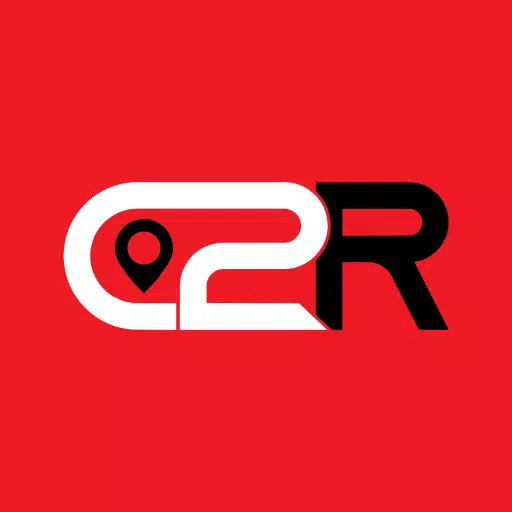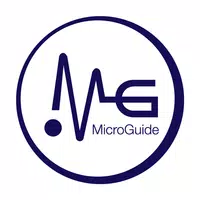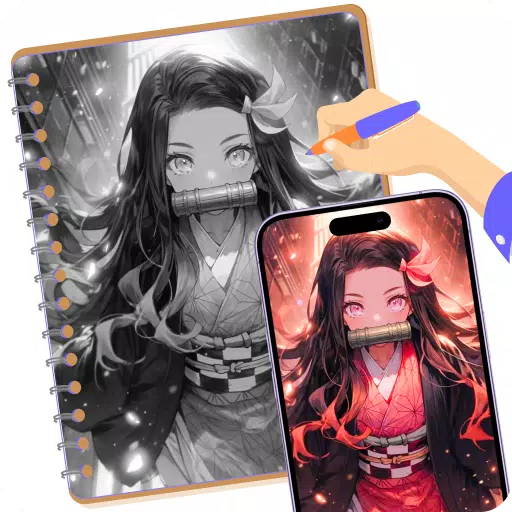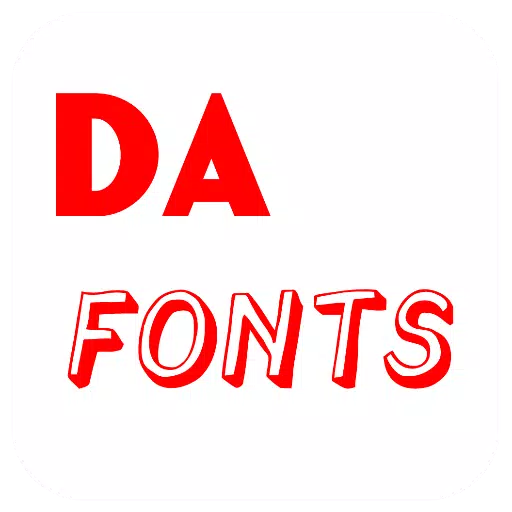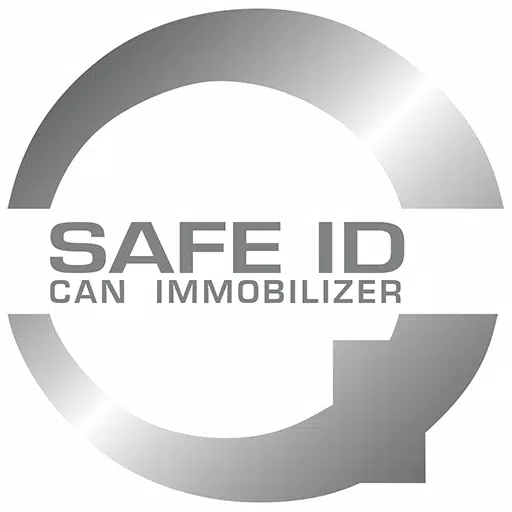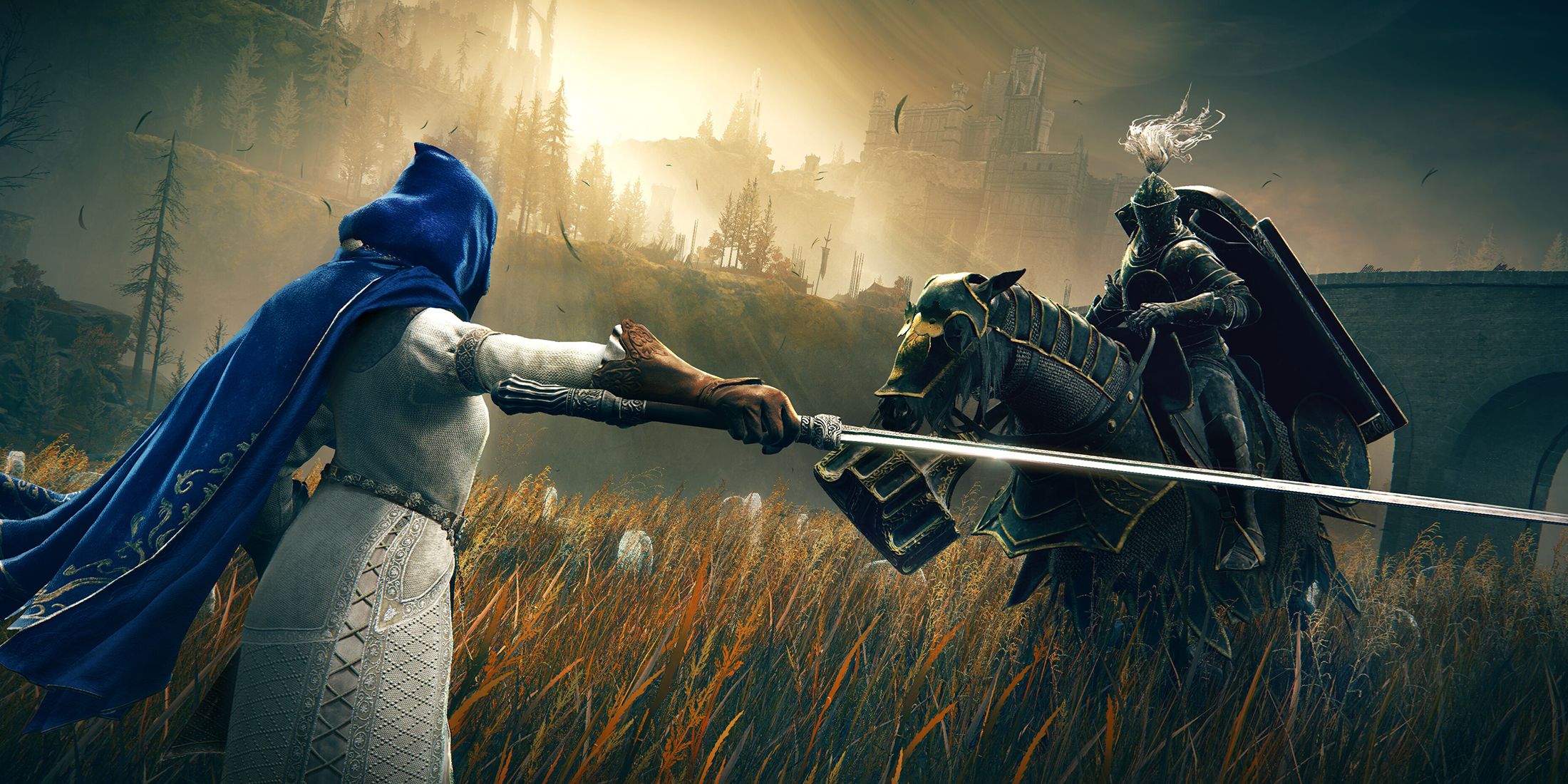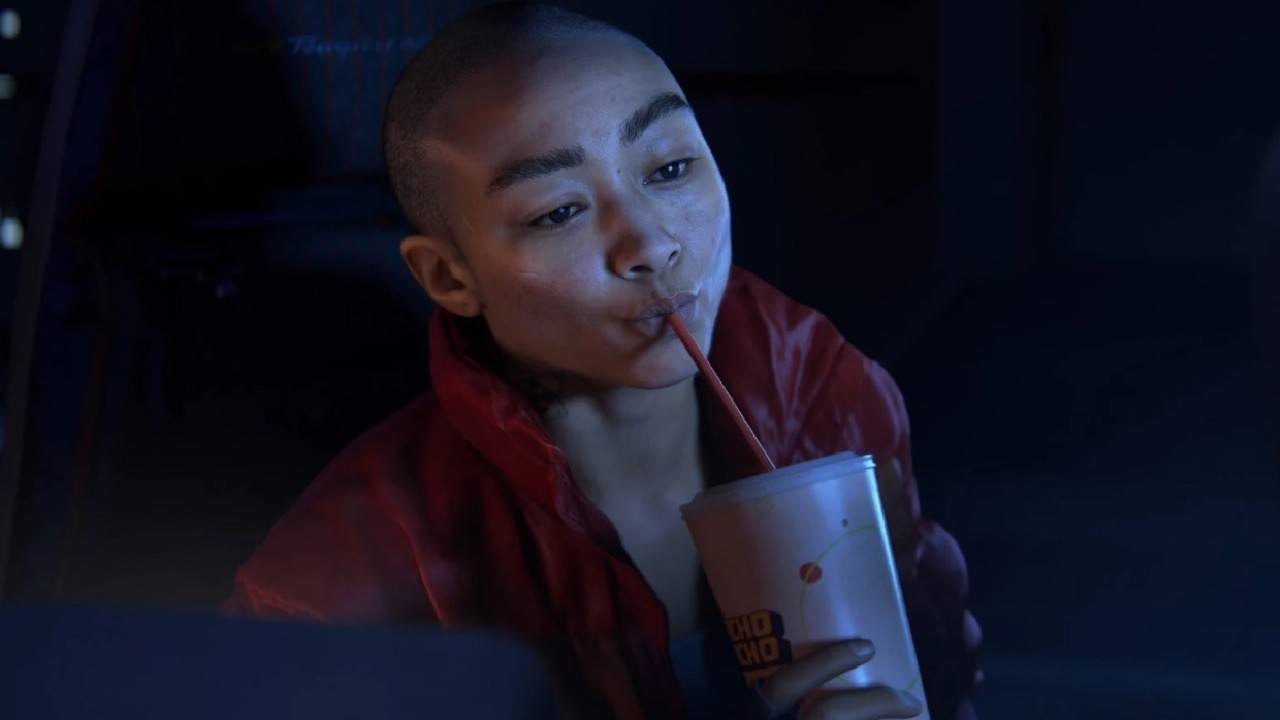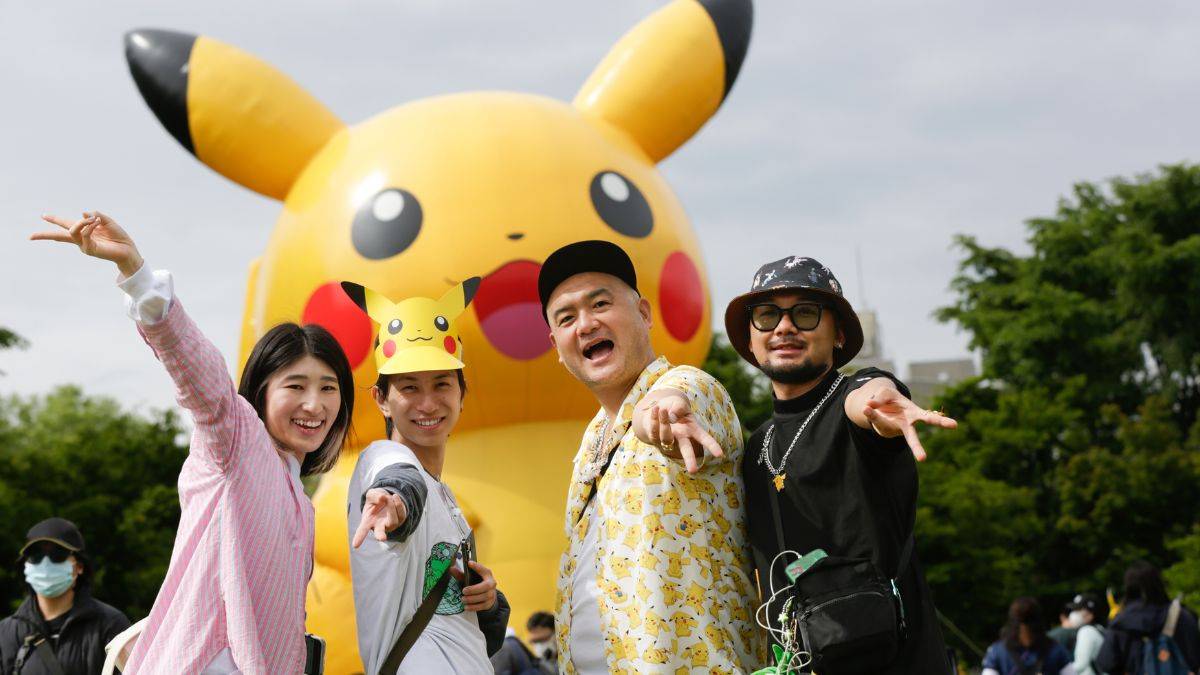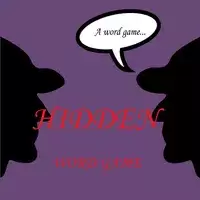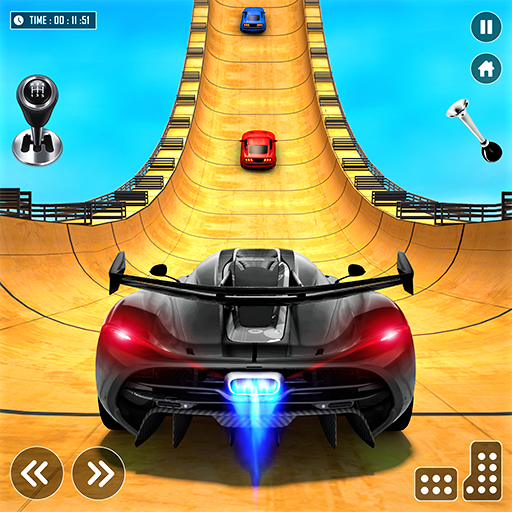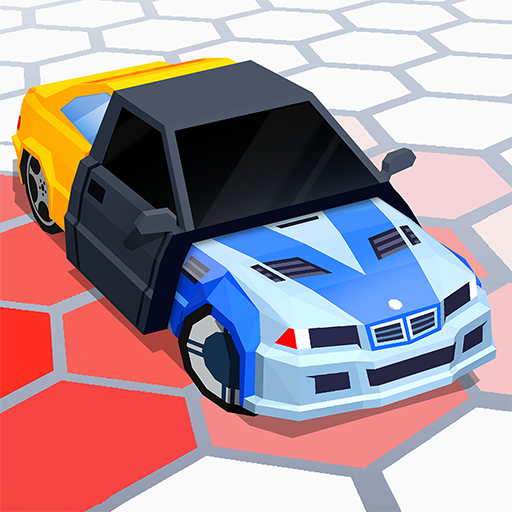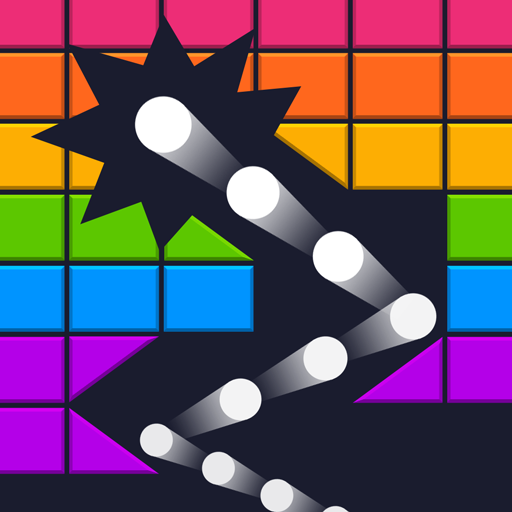Final Fantasy Commander Decks Revealed, Feature Cloud, Tidus, and More
Even if you're not a dedicated player of Magic: The Gathering, you're likely aware of its recent video game crossovers, such as Fallout, Tomb Raider, and Assassin’s Creed. Now, we're thrilled to offer an exclusive first look at one of the most anticipated collaborations yet: Final Fantasy. This crossover isn't limited to just one game; it spans four mainline Final Fantasy titles, from Terra to Y’shtola, each represented in the preconstructed Commander decks that headline the set.
**Flip through the image gallery below** to get a sneak peek at the lead card and packaging for each deck. Continue reading for an insightful discussion with Wizards of the Coast about what you can expect from these decks, the rationale behind selecting these four games, and much more.
Final Fantasy x Magic: The Gathering - Commander Decks Reveal
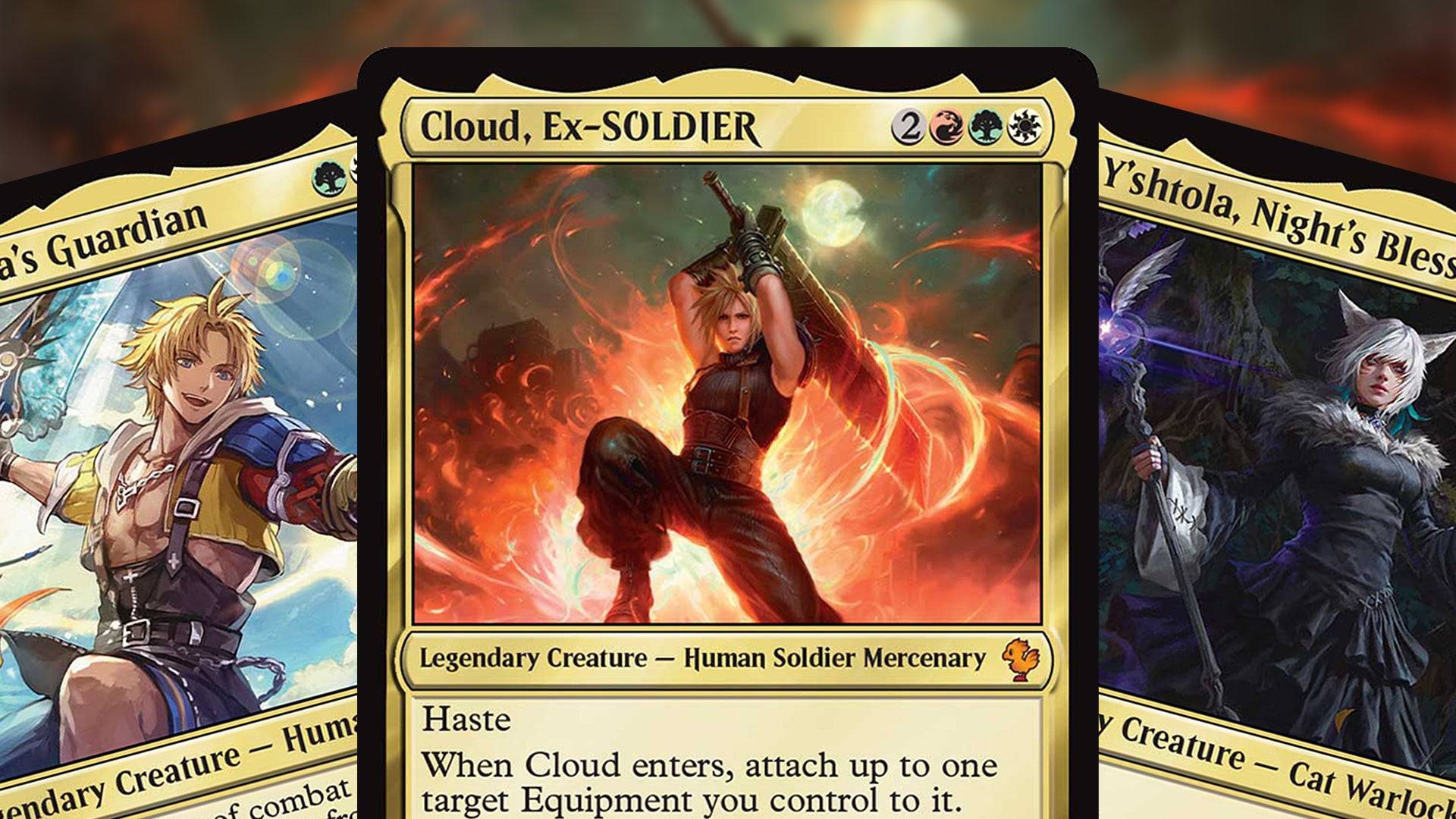
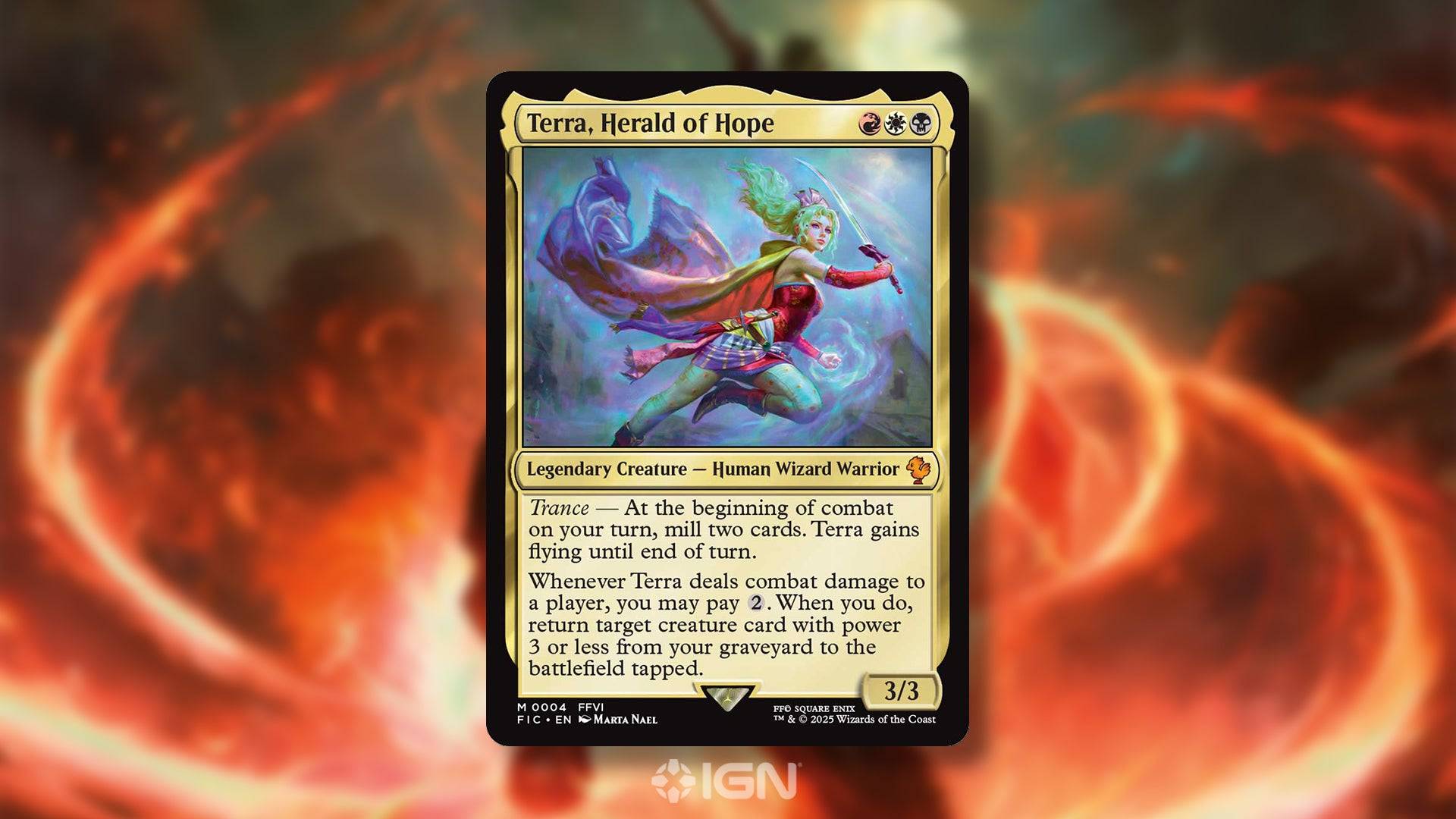 13 Images
13 Images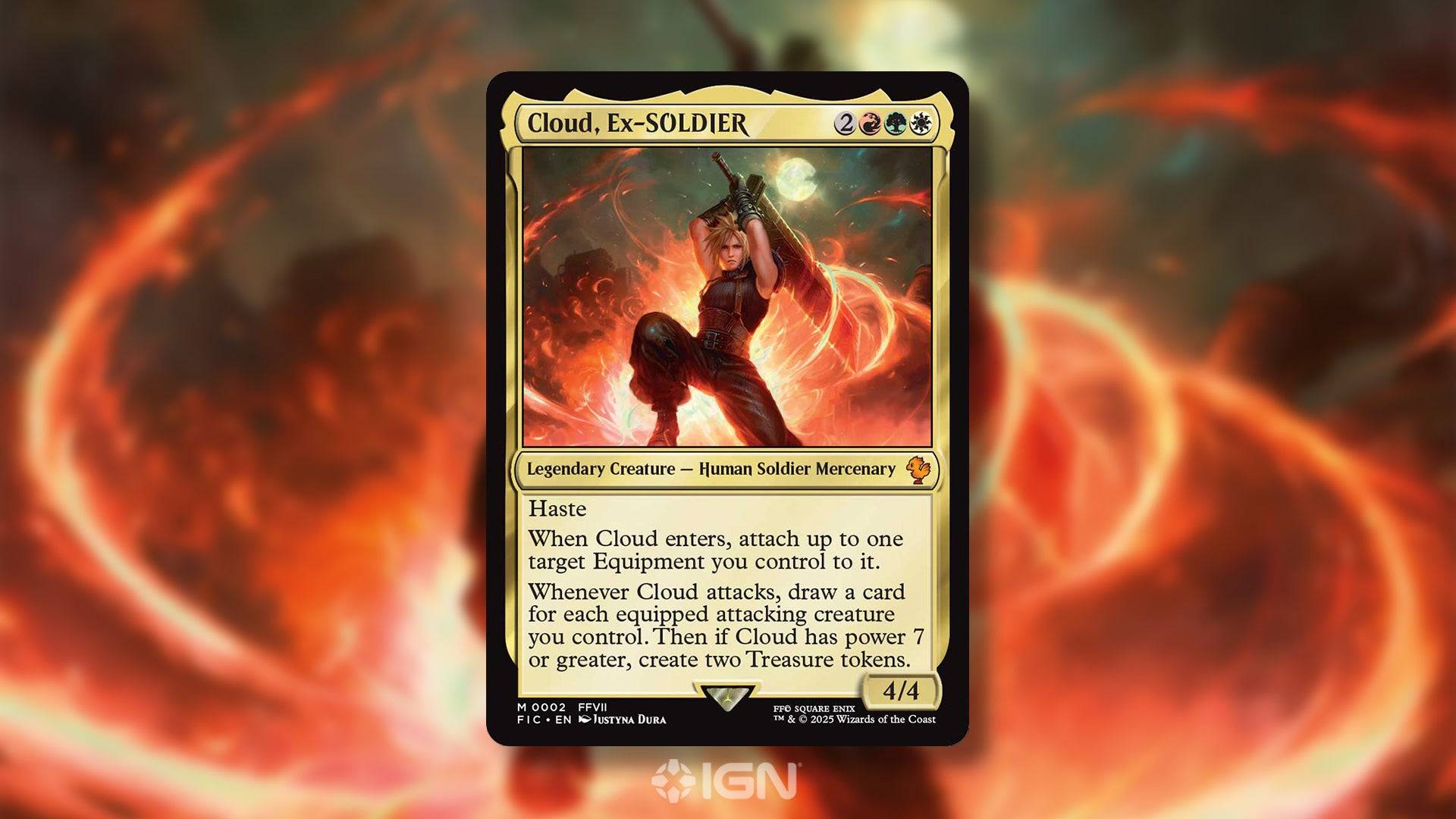
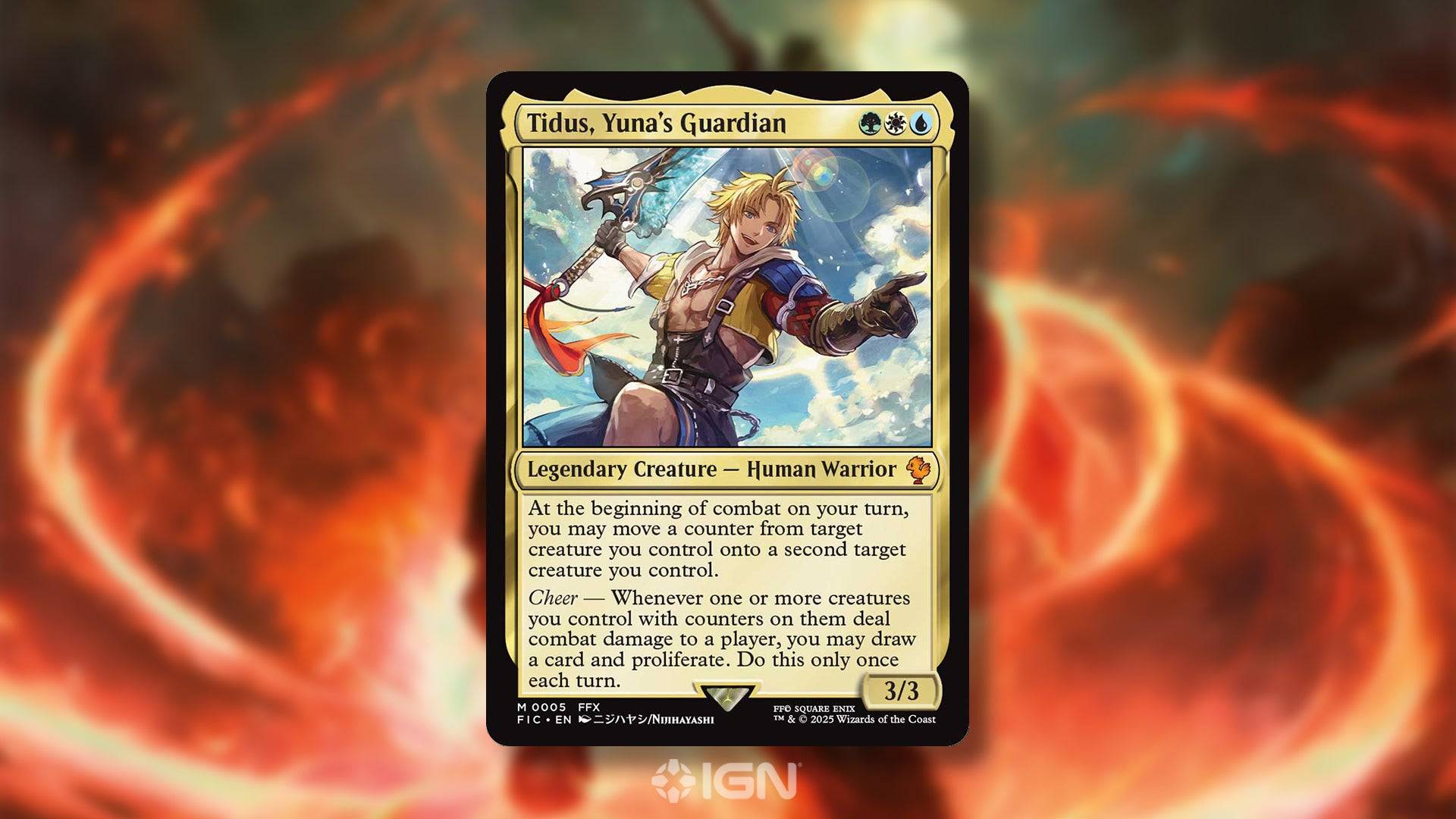
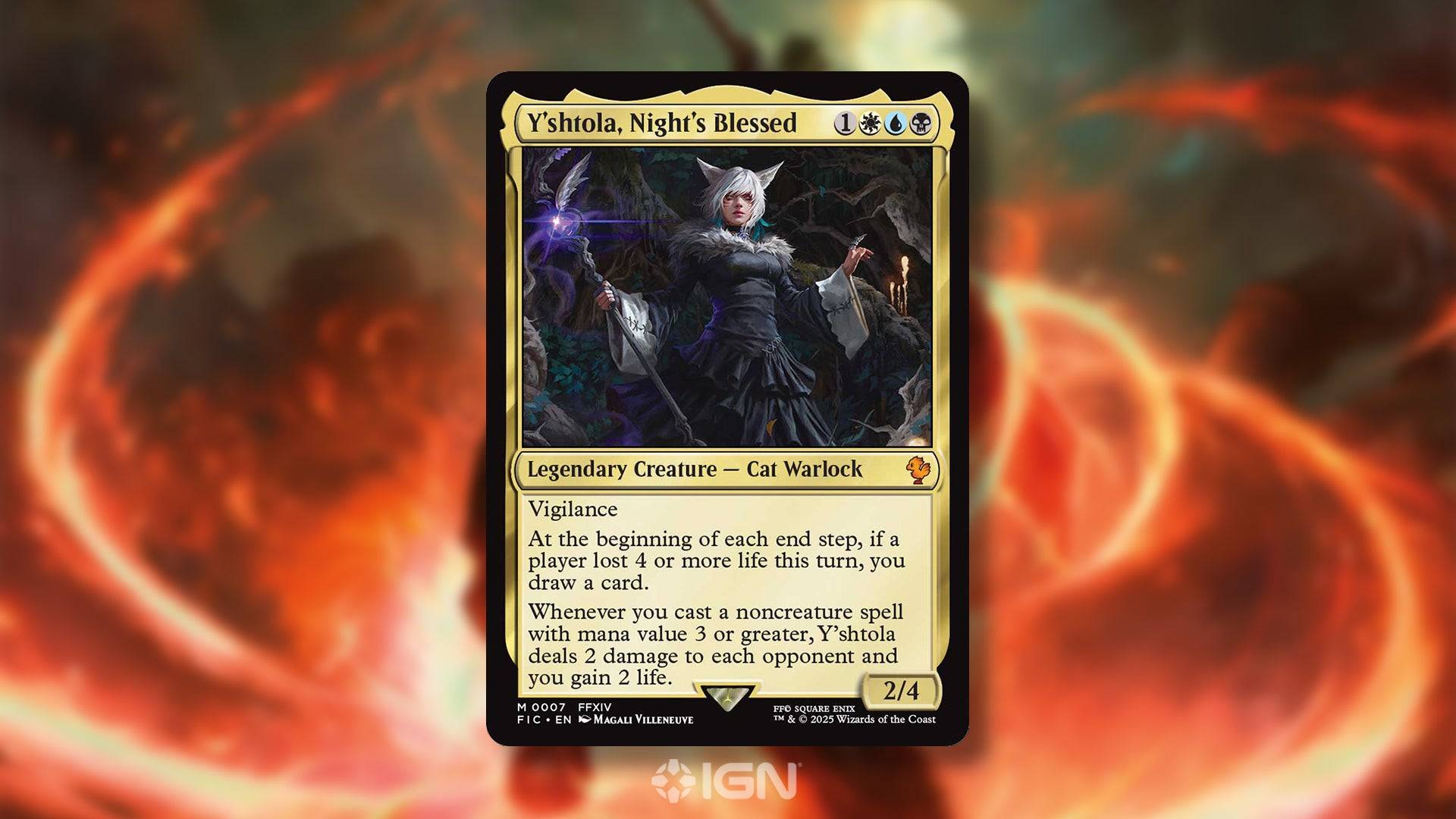
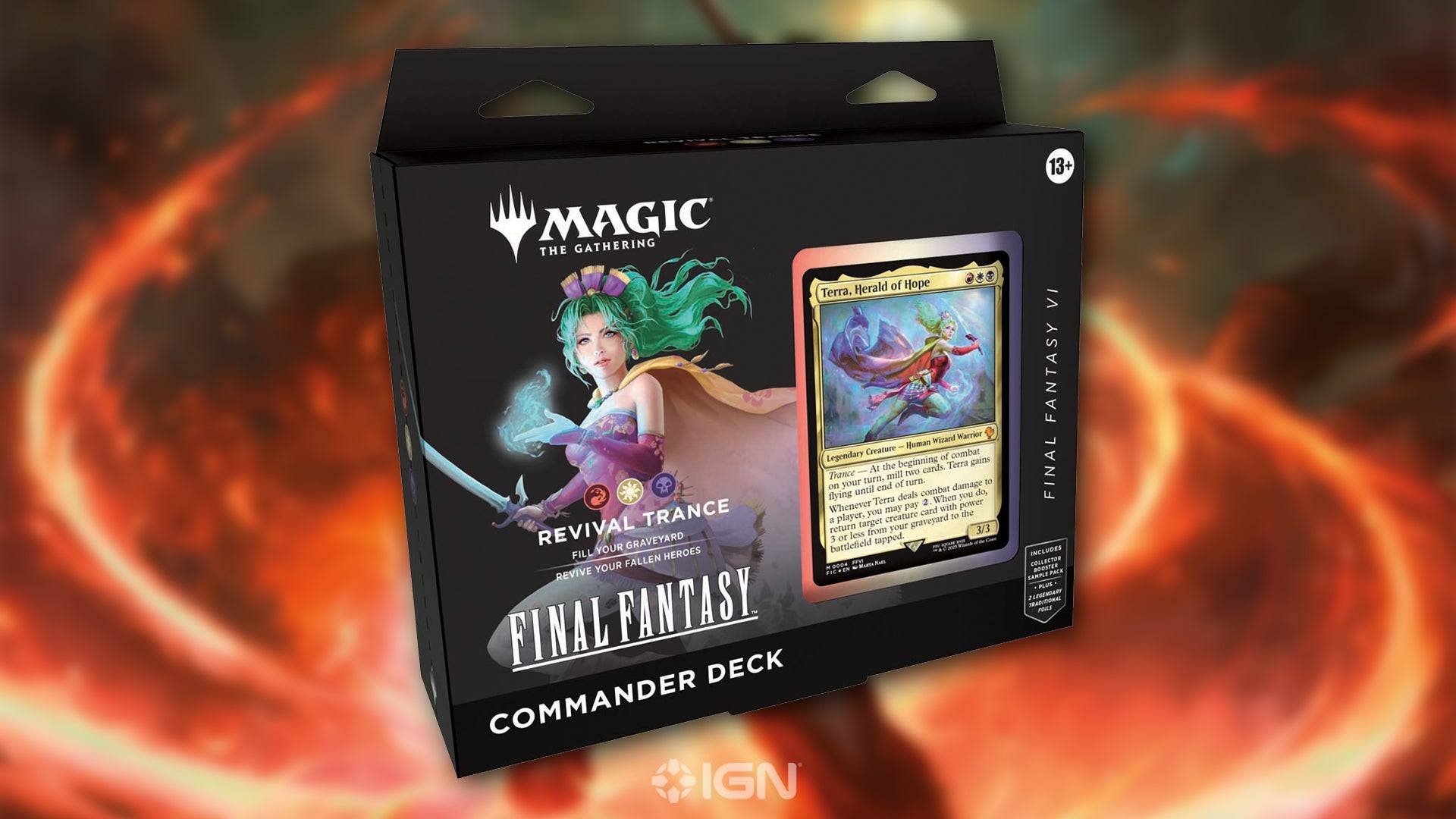
Set to launch this June, Magic's Final Fantasy crossover will be a fully draftable, Standard-legal set, accompanied by four preconstructed decks showcased in the gallery above. Each deck contains 100 cards, featuring both reprints with new Final Fantasy art and brand new cards tailored for the popular Commander format. These decks are uniquely themed around a single Final Fantasy game – specifically 6, 7, 10, and 14.
“Final Fantasy games are rich with flavor, beloved characters, and unique settings, providing ample material to design a full deck around each game,” says Senior Game Designer Daniel Holt, the Commander Lead for the set. “Focusing on a single game allowed us to delve deeply into its lore, capturing cherished moments from the game’s storyline that we might not have been able to otherwise.”
The selection of these four Final Fantasy games was based on a balance of gameplay considerations and the overall recognition of each story. Holt notes that while Final Fantasy 7 and 14 were straightforward choices, Final Fantasy 6 and 10 required more discussion but were ultimately selected due to their popularity among the team. “This project was a labor of love, with many passionate Final Fantasy fans contributing at every stage of development,” Holt adds.
Decisions about the direction of each deck were crucial. For instance, the Final Fantasy 7 deck, developed alongside the game's remake trilogy, aims to capture the essence of the original 1997 game while incorporating the modern aesthetics of the remakes. Dillon Deveney, Principal Narrative Game Designer at Wizards of the Coast and Narrative Lead for the set, explains, “Our approach was to reflect the original PS1 game’s narrative while using the modern aesthetics of Final Fantasy VII Remake and Rebirth to enhance character designs, story moments, and iconic locations. We aimed to create a deck that feels both familiar and nostalgic to fans of both the original and the modern series.”
Final Fantasy 6 presented a unique challenge due to its older art style. Deveney shares that they aimed to stay true to the pixel art sprites and limited concept art while also expanding upon them. “We wanted the character designs to evoke the memories fans have, even though they are a blend of various references and new ideas,” he says. To achieve this, Wizards of the Coast collaborated directly with the Final Fantasy 6 team to update the characters to meet Magic's art standards.
Choosing the lead characters for each deck was another critical aspect. While Cloud was an obvious choice for Final Fantasy 7, other selections required more deliberation. Celes was considered for Final Fantasy 6, and Yuna for Final Fantasy 10, but the team ultimately opted for the lead characters. For Final Fantasy 14, Y’shtola was chosen due to her popularity and her role as a spellcaster, with her deck focusing on her Shadowbringers arc. Although the idea of a customizable “Warrior of Light” commander was explored, Holt notes that it proved too complex, but fans can still find their personal hero represented within the deck.
Crafting a deck that encapsulates an entire game's story, characters, and themes within the constraints of Magic's five colors was a significant challenge. Holt explains, “We had to decide on the color identity for each game and the desired gameplay. All four decks include White, which helped us include a wide range of Heroes and fit the thematic elements.”
The deck for Final Fantasy 6 focuses on the latter half of the game, emphasizing rebuilding your party by bringing creatures back from the graveyard. For Final Fantasy 7, Cloud's big sword aligns with the equipment strategies of a white-red deck, with green added to incorporate 'power matters' and lifestream themes. The Final Fantasy 10 deck, inspired by the Sphere Grid, uses a white-blue-green strategy to empower creatures, while the Final Fantasy 14 deck, with its white-blue-black color identity, focuses on noncreature spell casting and includes key characters.
While the Commander format centers on the leader, RPGs are about the entire party. Holt assures fans that the supporting casts of these games will be well-represented. “Final Fantasy games are full of beloved and villainous characters, and including them in these decks was crucial. Fans can expect to see their favorite characters as new legendary creatures and in action on other exciting spells.”
Magic’s Final Fantasy set is set to release on June 13. Even if your favorite Final Fantasy game or character isn't featured in these decks, Holt promises that “all sixteen of the mainline games will have their moments to shine in the accompanying products.”
Similar to the Warhammer 40,000 Commander decks from 2022, these decks will be available in both a regular version (MSRP $69.99) and a Collector’s Edition (MSRP $149.99), the latter featuring all 100 cards in a special Surge foil treatment.
*Read on for the full, unedited interview with Wizards of the Coast’s Daniel Holt and Dillon Deveney:*
- 1 STARSEED Update: Codes for January 2025 Released Feb 25,2025
- 2 Pokémon TCG Pocket: Wonder Pick Date, Time, and Promo Cards – February 2025 Mar 03,2025
- 3 How to Get All Ability Outfits in Infinity Nikki Feb 28,2025
- 4 Black Myth: Wukong Tops Steam Charts Days Before its Launch Jan 07,2025
- 5 Project Zomboid: All Admin Commands Jan 05,2025
- 6 Silent Hill f: first big trailer and details Mar 22,2025
- 7 Call of Duty Announces Black Ops 6 Updates Feb 08,2025
- 8 Ukrainian Internet Stalled as 'S.T.A.L.K.E.R. 2' Release Overwhelms Dec 30,2024
-
Budgeting & Investing: Your Guide to Financial Apps
A total of 9
-
Addictive Hypercasual Games for Quick Play
A total of 10
-
Best Role Playing Games for Android
A total of 10




